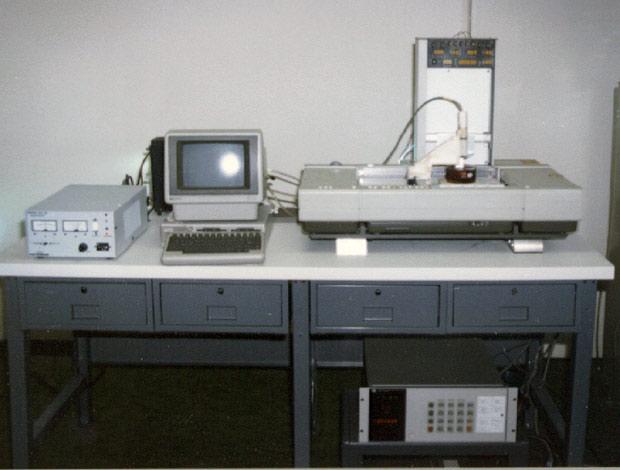3D printing
3D printing is an additive technology in which objects are built up in a great many very thin layers. The first commercial 3D printer was based on a technique called stereolithography. This was invented by Charles Hull in 1984.

3D printing or additive manufacturing is a process of making three dimensional solid objects from a digital file. The creation of a 3D printed object is achieved using additive processes. In an additive process an object is created by laying down successive layers of material until the entire object is created.

Many different materials can be used for 3D printing, such as ABSplastic, PLA, polyamide (nylon), glass filled polyamide, stereolithography materials (epoxy resins), silver, titanium, steel, wax, photopolymers and polycarbonate.

A wide range of commercial 3D printers for industrial application are now available from a range of manufactuers, the two largest of whom are 3D Systems (which works with most technologies and is rapidly acquiring many smaller manufacturers) and Stratasys (which offers FDM and polyjet matrix harware, as well as special 'drop on demand' wax 3D printers for dental work). Both of these companies had a market capitalization at the end of 2012 of over $3 billion.
Most current 3D printers are not used to create final consumer products. Rather, they are generally employed for rapid product prototyping, or to produce moulds or mould masters that will in turn allow the production of final items. Such printing of 3D objects already enables engineers to check the fit of different parts long before they commit to costly production, architects to show detailed and relatively low-cost scale models to their clients, and medical professionals or archaeologists to handle full-size, 3D copies of bones printed from 3D scan data. There are also a wide range of educational uses.

Barnatt, C. (30th November 2014). 3D Printing. Available: http://www.explainingthefuture.com/3dprinting.html. Last accessed 28th Sept 2015.
No comments:
Post a Comment